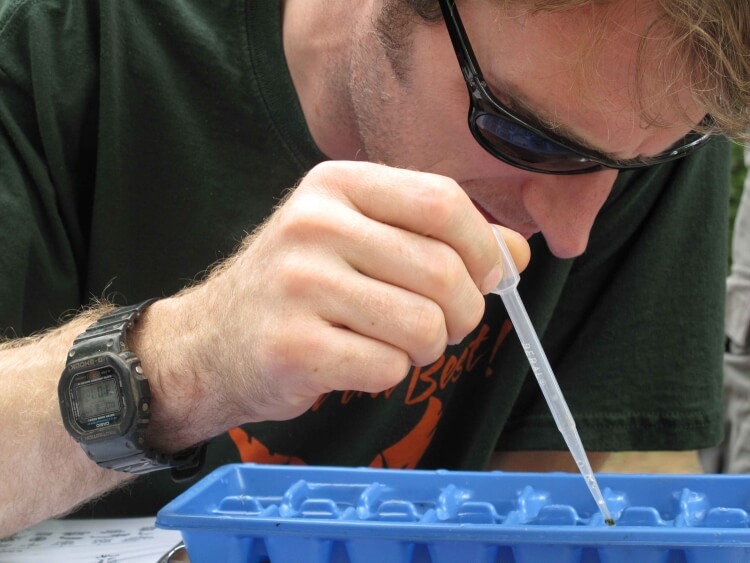2h
Rat IgD(Immunoglobulin D) ELISA Kit
Rat IgD(Immunoglobulin D) ELISA Kit
IgD
53.7pg/mL
10000pg/mL
Rattus norvegicus
123.46-10000pg/mL
Competitive Inhibition
Infection immunity;Immune molecule;
IGHD; Constant Region Of Heavy Chain Of Immunoglobulin Delta
ELISA Enzyme-linked immunosorbent assays Code 90320007 SNOMED
Rats are used to make rat monoclonal anti mouse antibodies. There are less rat- than mouse clones however. Rats genes from rodents of the genus Rattus norvegicus are often studied in vivo as a model of human genes in Sprague-Dawley or Wistar rats.
E05 478 566 350 170 or Enzyme-Linked Immunosorbent Assays,E05 478 566 350 170 or Enzyme-Linked Immunosorbent Assays,Immunoglobulin D (IgD) is an antibody isotype that makes up about 1% of proteins in the plasma membranes of mature B-lymphocytes where it is usually coexpressed with another cell surface antibody called IgM. IgD is also produced in a secreted form that is found in very small amounts in blood serum, representing 0.25% of immunoglobulins in serum for virus detection. Anti-viral immunoglobulin D antibodies have a diagnostic value.
This assay employs the competitive inhibition enzyme immunoassay technique. A monoclonal antibody specific to Immunoglobulin D (IgD) has been pre-coated onto a microplate. A competitive inhibition reaction is launched between biotin labeled Immunoglobulin D (IgD) and unlabeled Immunoglobulin D (IgD) (Standards or samples) with the pre-coated antibody specific to Immunoglobulin D (IgD). After incubation the unbound conjugate is washed off. Next, avidin conjugated to Horseradish Peroxidase (HRP) is added to each microplate well and incubated. The amount of bound HRP conjugate is reverse proportional to the concentration of Immunoglobulin D (IgD) in the sample. After addition of the substrate solution, the intensity of color developed is reverse proportional to the concentration of Immunoglobulin D (IgD) in the sample.
